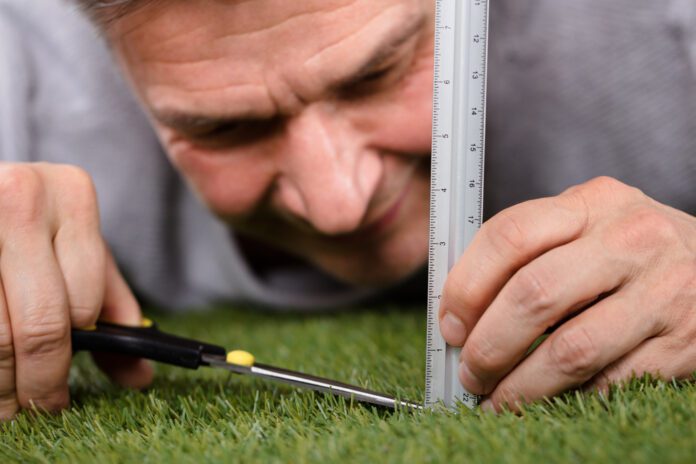Overview Of OCD
Obsessive-Compulsive Disorder (OCD) is a mental disorder in which people have unwanted and repeated thoughts, feelings, ideas, sensations (obsessions), and behaviors that drive them to do something over and over (compulsions).
Often the person carries out the behaviors to get rid of the obsessive thoughts. But this only provides short-term relief. Not doing the obsessive rituals can cause great anxiety and distress.
Commonly Associated With
Obsessive-compulsive neurosis
Causes Of OCD
Health care providers do not know the exact cause of OCD. Factors that may play a role include head injury, infections, and abnormal function in certain areas of the brain. Genes (family history) seem to play a strong role. A history of physical or sexual abuse also appears to increase the risk for OCD.
Parents and teachers often recognize OCD symptoms in children. Most people are diagnosed by age 19 or 20, but some do not show symptoms until age 30.
Symptoms Of OCD
People with OCD have repeated thoughts, urges, or mental images that cause anxiety. These are called obsessions.
Examples are:
- Excessive fear of germs
- Forbidden thoughts related to sex, religion, or harm to others or self
- Need for order
- They also perform repeated behaviors in response to their thoughts or obsessions.
Examples include:
- Checking and rechecking actions (such as turning out the lights and locking the door)
- Excessive counting
- Ordering things in a certain way
- Repeatedly washing the hands to ward off infection
- Repeating words silently
- Praying silently over and over
Not everyone who has habits or rituals they like to perform has OCD. But, the person with OCD:
- Is not able to control their thoughts or behaviors, even when they understand that they are excessive.
- Spends at least an hour a day on these thoughts or behaviors.
- Does not get pleasure from performing a behavior or ritual, other than perhaps brief relief of anxiety.
- Has major problems in daily life due to these thoughts and rituals.
People with OCD may also have a tic disorder, such as:
- Eye blinking
- Facial grimacing
- Shoulder shrugging
- Head jerking
- Repeated clearing of the throat, sniffing, or grunting sounds
Exams & Tests
The diagnosis is made based on an interview of the person and family members. A physical exam can rule out physical causes. A mental health assessment can rule out other mental disorders.
Questionnaires can help diagnose OCD and track the progress of treatment.
Treatment Of OCD
OCD is treated using a combination of medicine and behavioral therapy.
Medicines used include antidepressants, antipsychotics, and mood stabilizers.
Talk therapy (cognitive-behavioral therapy; CBT) has been shown to be effective for this disorder. During therapy, the person is exposed many times to a situation that triggers the obsessive thoughts and learns to gradually tolerate the anxiety and resist the urge to do the compulsion. Therapy can also be used to reduce stress and anxiety and resolve inner conflicts.



